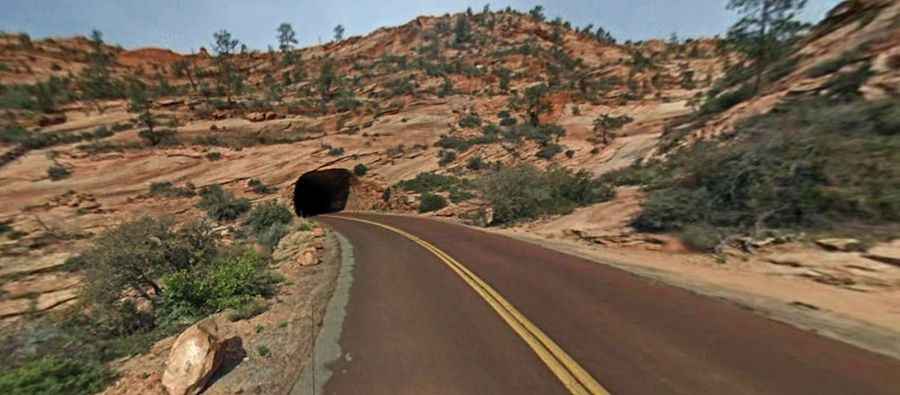How to drive the Zion-Mt. Carmel Highway, one of the most scenic roads in Utah?
The Zion-Mt. Carmel Highway, straddling Washington and Kane counties in the US state of Utah, is one of the most picturesque drives in the state. Running through Zion National Park, the road with its gentle curves promises an enthralling driving experience.

When was the Zion Mount Carmel Highway built?
Constructed from 1927 to 1930, this fully paved road was completed at a cost of $1,896,000.
How long is the Zion Mount Carmel Highway?
Located on the east side of Zion National Park, the Zion-Mt. Carmel Highway, also known as State Route 9 or HWY 9, stretches over 25 miles (40 km). It connects the town of Springdale (in Washington County) to Mount Carmel Junction (in Kane County).
Is Zion-Mt. Carmel Highway worth it?
Located to the south of the iconic Walter's Wiggles, in the southwestern part of Utah, this scenic drive through Zion is popular and offers unique views of landscapes and wildlife. The highway takes about 22 minutes without stops and features switchbacks, slickrock formations, and seasonal waterfalls. It's best to start early in the morning to avoid crowds and enjoy a more serene experience.
What’s the Zion-Mount Carmel Tunnel?
One of the most famous sections of the road is the Zion-Mount Carmel Tunnel. Opened in 1930, it’s 1.77 km (1.1 miles) long. A series of windows carved through the tunnel's side open up breathtaking views for drivers. It’s rather narrow, making it a tight fit for regular passenger cars in two-way traffic. Prohibited vehicles inside the tunnel include those over 13 feet 1 inch tall, semi-trucks, vehicles carrying hazardous materials, vehicles weighing more than 50,000 pounds, single vehicles over 40 feet long, combined vehicles over 50 feet long, all bicycles, and pedestrians. Larger RVs and trailers need to arrange a special escort to stop two-way traffic and guide them through.